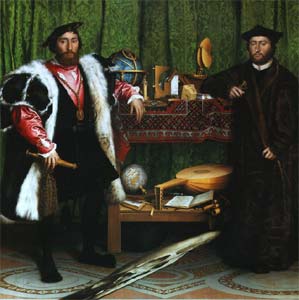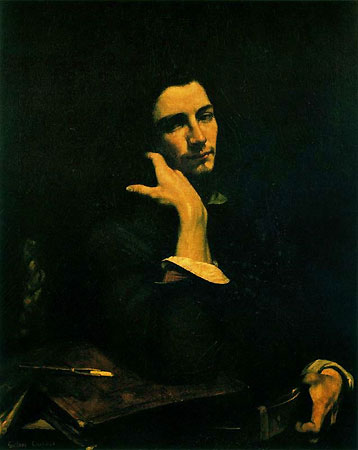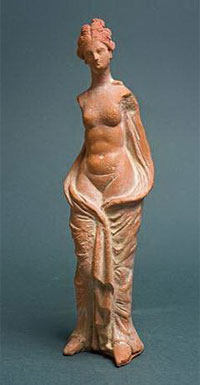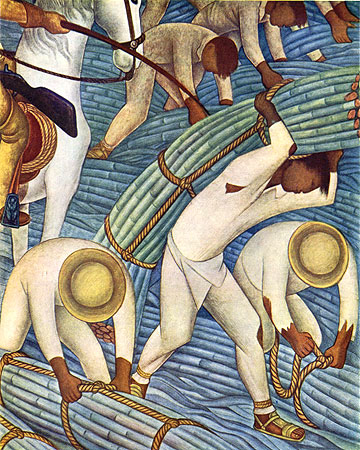Wooden sculpture of Prikamye
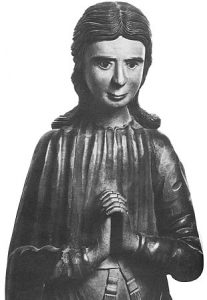 The discovery of this “completely unprecedented and absolutely amazing phenomenon” – the original folk art of the Kama region – belongs to N. N. Serebrennikov, an Ural art historian, collector and researcher of wooden sculpture. For 40 years he worked as a director and chief curator of the Perm Art Gallery.
The discovery of this “completely unprecedented and absolutely amazing phenomenon” – the original folk art of the Kama region – belongs to N. N. Serebrennikov, an Ural art historian, collector and researcher of wooden sculpture. For 40 years he worked as a director and chief curator of the Perm Art Gallery.
“… I clearly remember that incident,” Nikolai Nikolayevich wrote. – It happened in the village of Ilinsky, Perm province in 1922. Tired, I then went to my house. A gusting wind was blowing. At the rural outskirts of the cemetery chapel the dilapidated window shutters slammed as usual. Suddenly he remarked: against the habit of knocking not only the shutters, but also the doors. Grudgingly turned to see what was the matter, and suddenly he saw such a thing that struck me extremely. The main wall in the chapel was occupied by five wooden sculptures. But they should not be here … The figure of Christ with the face of a Tatar was especially surprised me … ”
Thanks to the works of N. N. Serebrennikov, in the Perm Art Gallery a rich collection of wooden sculptures from the 17th – 19th centuries was assembled, which now numbers 370 monuments. The first expeditions of the 20s passed under exceptionally difficult conditions, along the most difficult routes that combined foot, railway, and water sections. Wooden sculptures were searched throughout the territory of Verkhnekamya – in cities, villages and villages, through basements and attics of empty churches and chapels. The collected exhibits showed the audience. The sculpture made a great impression, acquired its experts, connoisseurs and among them – Anatoly Vasilyevich Lunacharsky, who wrote the article “The Perm Gods”, academician Igor Emmanuilovich Grabar, who helped Serebrennikov in all his future work.
There are very few 17th century monuments in the collection. The language of early sculptures preserves the conventionality traditional for Old Russian art. The carver seeks to limit the generalization of forms, strict symmetry of the compositions. Each image is canonical, but at the same time peculiar. Almost incomparable, for example, is the “Crucifixion” from the village of Vilgort, where Christ is depicted as a little peasant with a huge nose on an uneasy face, and the “Crucifixion” from the city of Solikamsk, striking with its subtlety and fragility of outlines, with some piercing tragedy. Obviously, the masters had different training and orientation: the first – on folk, “soil” art, the second – on the “classical” Old Russian plastics of the XIV – XVI centuries.
The images of Nikolai Mozhaisky are also distinguished: according to the type of sculpture – from small reliefs to large-scale figures in human height, according to their characteristics – soft, humane images of the Comforter Nikola, are combined with angry, resolute Nikola-protector.
Already in the early Perm monuments, special features of wooden sculpture of this region are manifested: high quality of work, psychological character, variety of color constructions. Like all ancient Russian plastic art, Perm sculpture is a synthesis of sculpture and painting. The painting, using technology similar to icon painting, as it were, finishes what is not said with a flat, conditional volume. It makes living sculpture in space, increases emotional expressiveness. So, thanks to the subtlety of color, the image of Nikolai Mozhaisky from the village of Dubrovsky acquires a special elegance: light brown and blue-green garments, ornamented with a floral pattern and pearls, are enhanced by the introduction of an orange-red color.
The next period in the development of wooden sculpture is demonstrated by the iconostasis of the 18th century from the Pyskorsky Monastery and the “Tsar’s Gate” from the city of Perm. The thread becomes more lush and juicy, ornaments – larger and sparse. “The Tsar’s Gates”, made through carving (“on the opening”), is a mature product of the Baroque style, which was widely spread in the Russian wooden plastics of the 18th century. The figures of the saints seem to dissolve in the curls of sophisticated ornamentation – the door leaves lose their strict constructiveness, turning into patterned lace.
The sculpture of Savaof (the god-father), which once completed the iconostasis in the church of Lysva, was executed on a high level. This is the work of a talented folk carver Dmitry Titovich Domnin, who lived in the second half of the XVIII century. The author depicts Savaof floating in the clouds, in the glow of “glory”
